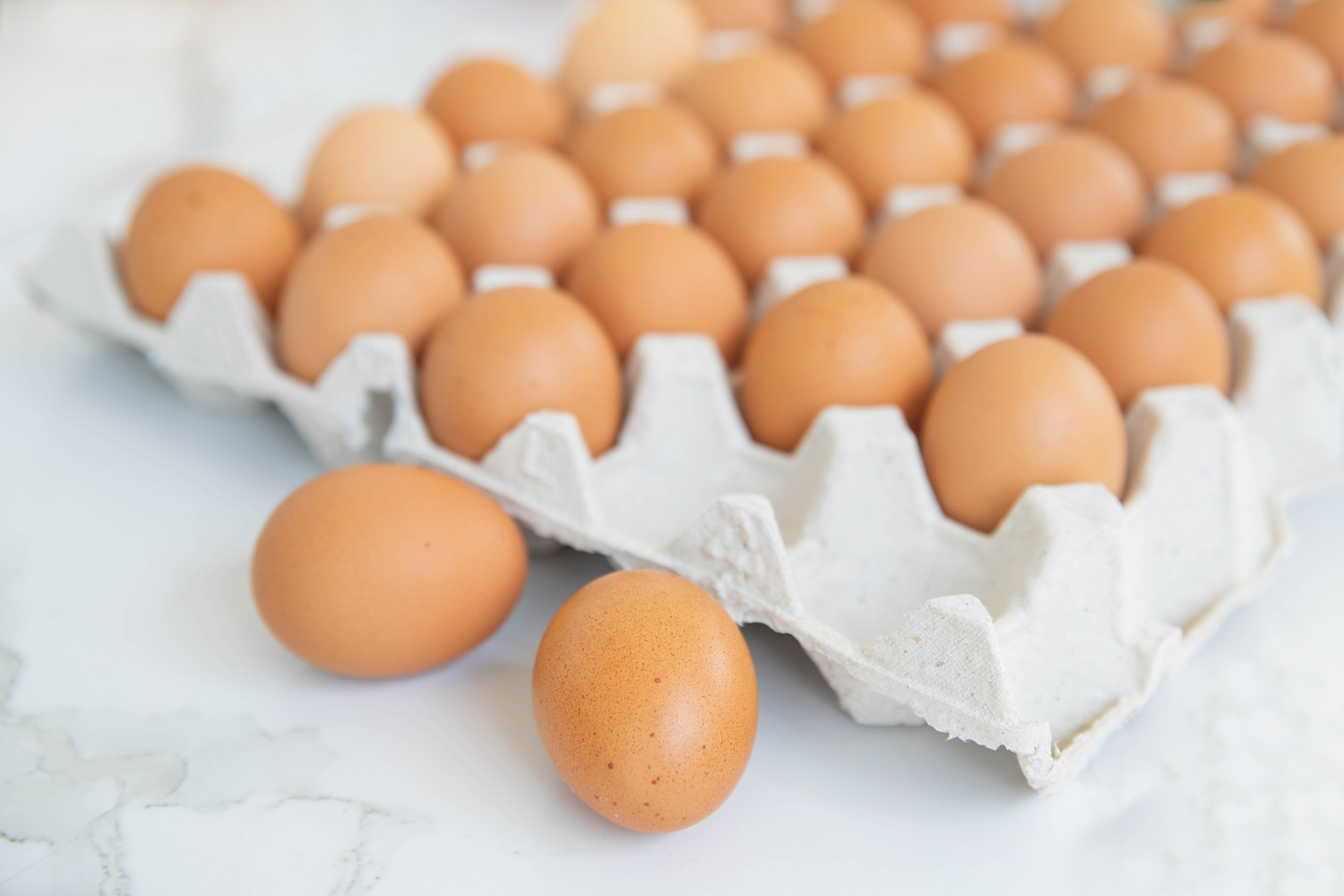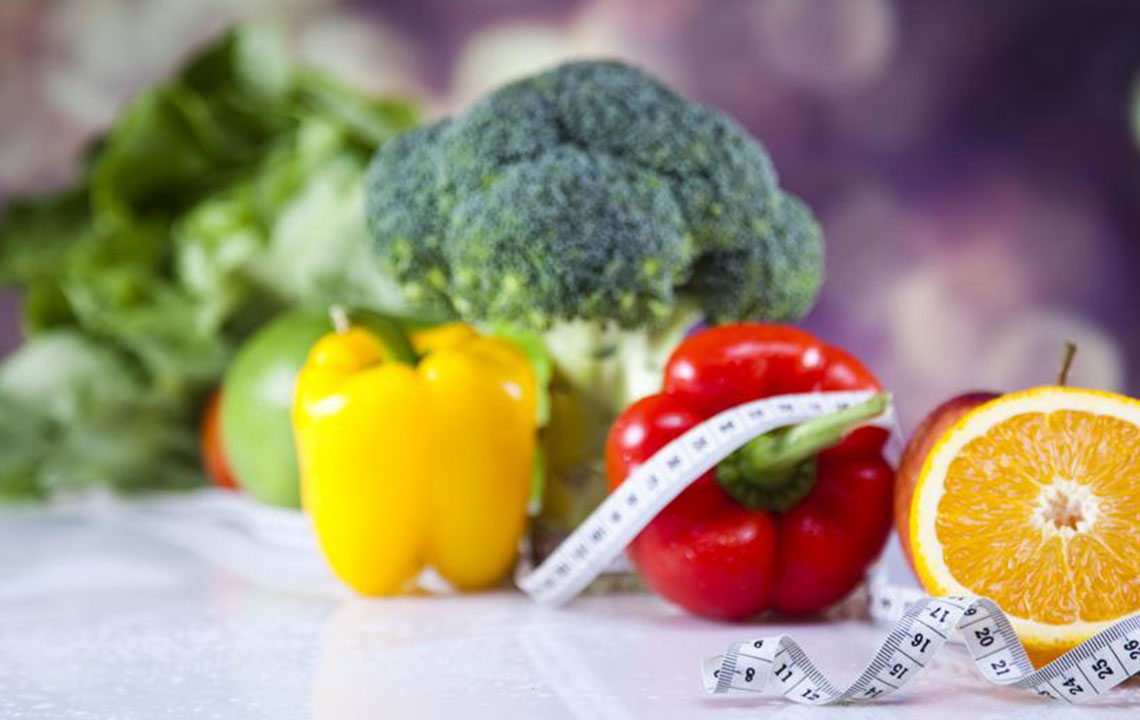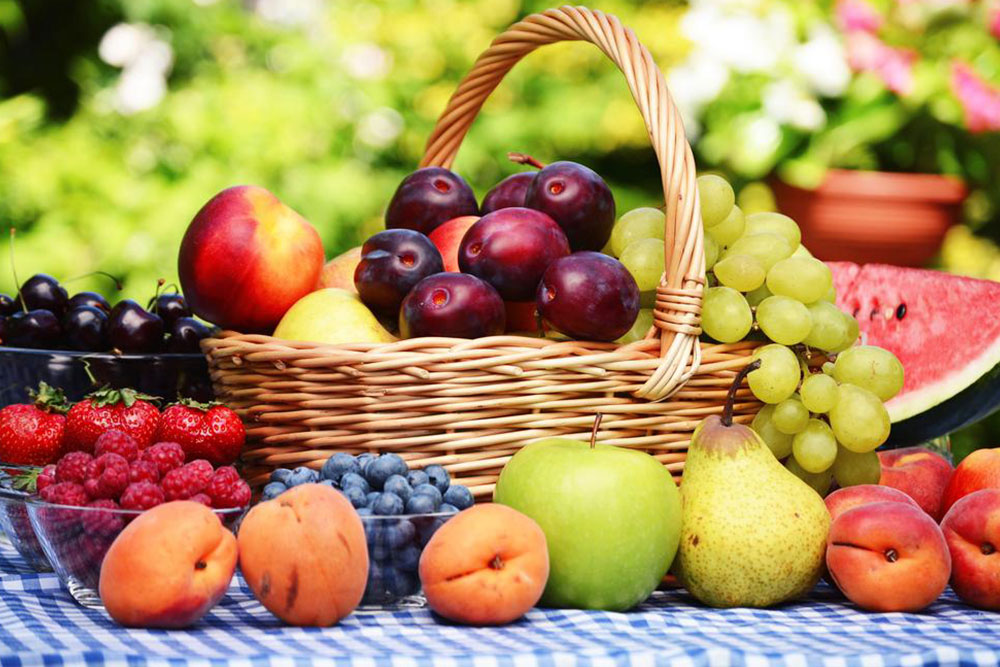A Comprehensive Guide to the Atkins Diet and Its Stages
Explore the Atkins diet with this detailed guide covering its four phases, food recommendations, and tips for successful implementation. Learn how strict carbohydrate restriction in the initial phase kickstarts fat-burning, progressing to balanced maintenance for sustainable health. Consult experts before starting and incorporate low-carb foods like fish, meats, eggs, and vegetables for optimal results. This comprehensive overview is ideal for those seeking effective weight loss strategies through structured dietary changes.
A Complete Overview of the Atkins Diet and Its Phases
The Atkins diet is a popular nutritional plan focusing on low carbohydrate consumption to promote weight loss and overall health. It consists of four distinct phases, gradually increasing carbohydrate intake from initial strictness to maintenance. Success depends on incorporating approved Atkins foods and maintaining proper hydration daily. This approach helps the body shift to fat burning, supporting rapid weight loss and long-term health benefits.
Stages of the Atkins Diet
Phase 1: Induction
This initial stage restricts carbs to less than 20 grams per day, encouraging the body to burn fat, leading to quick results over approximately two weeks. Hunger pangs may occur before fat-based energy production begins.

During induction, the body transitions to fat metabolism, which may take about 48 hours. This phase is key for initiating weight loss and adjusting to low-carb eating.
Phase 2: Balancing
Carbohydrate intake is gradually increased by about five grams daily. Allowed foods expand to include certain fruits like berries and melons, full-fat dairy, and more vegetables. The goal is to reach a weekly carb limit through slow, steady increments, avoiding metabolic disruptions.
Phase 3: Pre-Maintenance
This stage allows small portions of starchy vegetables, grains, and additional fruits, refining the diet towards a sustainable routine. It prepares the body for long-term maintenance.
Phase 4: Maintenance
The final stage involves maintaining the current weight by sticking to the same foods from phase three. It aims to develop a permanent, healthy eating lifestyle without reverting to old habits.
Foods Recommended in Phase One
Fish: Rich in healthy fats, proteins, and essential minerals, include 4-6 ounces of varieties like salmon, cod, or trout regularly.
Shellfish: Oysters, mussels, clams, crabs, and squids provide omega-3s and minerals, but limit intake to 3-4 ounces daily due to carbohydrate content.
Meat & Poultry: Incorporate bacon, beef, chicken, turkey, and lamb, preferring fresh cuts to processed meats high in sodium.
Eggs: Versatile and nutrient-dense, eggs can be enjoyed in numerous preparations, paired with vegetables and cheese.
Healthy Oils: Use olive, sesame, or walnut oil, along with butter or mayonnaise, to enrich flavors while supporting low-carb principles.
Vegetables: Low-carb options like spinach, broccoli, and asparagus should be the foundation of meals.
Sample daily menu includes a cheesy spinach omelet for breakfast, chicken salad with greens at lunch, a snack of nuts or yogurt, and lamb chops with asparagus for dinner. Always consult a healthcare professional before starting the diet to understand its suitability for your needs.
Note: The information provided aims to inform; however, individual responses vary. It is advisable to seek professional advice to determine if the Atkins diet aligns with your health goals. We do not guarantee the accuracy of all details, and users are encouraged to verify information independently.









